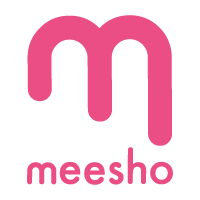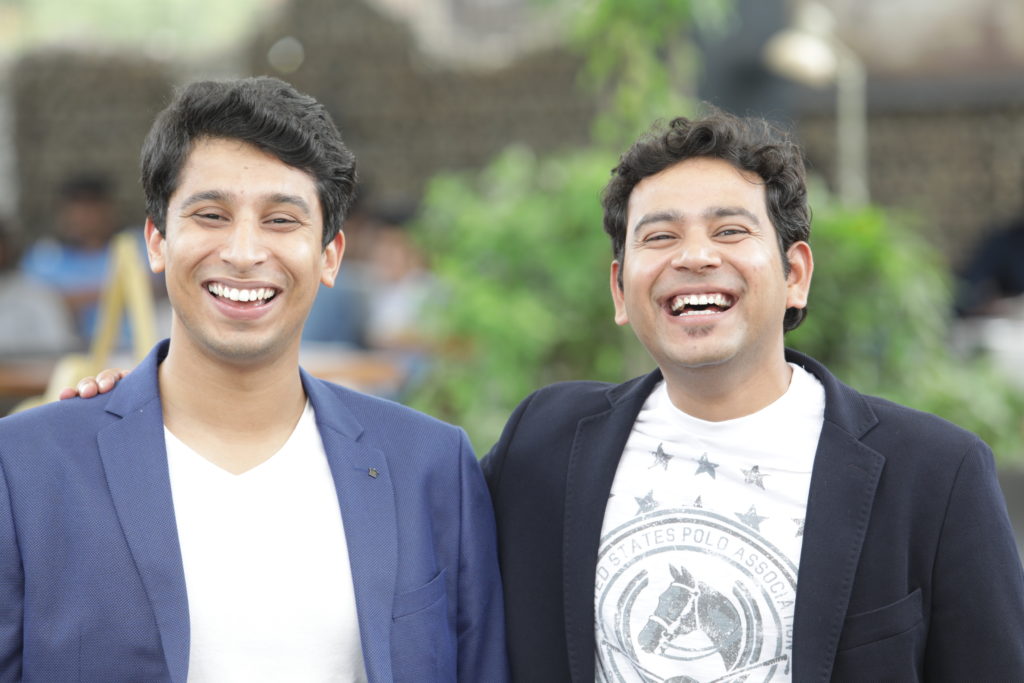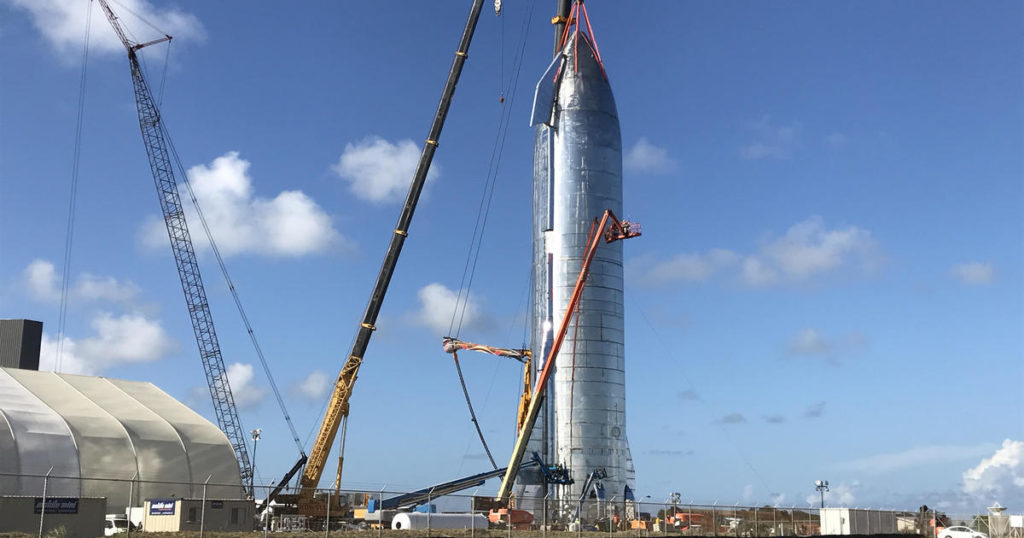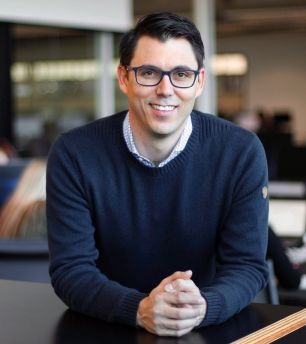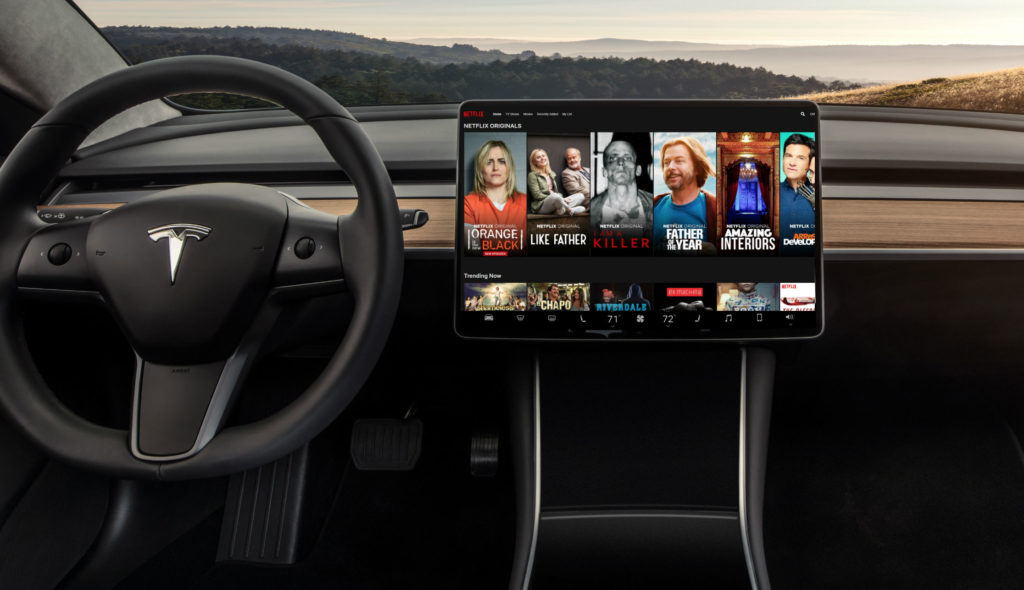Microsoft Launches the Personal Vault for its Worldwide Users
Having enough data storage is the biggest issue today. Dropbox, Google Drive and Microsoft’s OneDrive, being the biggest player in the field, try to provide better services to its users. Recently, Microsoft added extra security to its OneDrive with a new feature called OneDrive Personal Vault. The feature, on its release, was only available for some selective markets, but from today onwards, the company has made it available to its worldwide users.
The Personal Vault feature enhances the security of the user’s account by allowing them to enable various security functions to their accounts. These security functions include two-step authentication that can be through fingerprints, facial recognition, a pin sent to one’s email address, to mobile number through SMS, or even through Microsoft Authenticator.
Though the feature has been opened for the public worldwide, it will be first available in countries like Australia, New Zealand, and Canada. And, it is earlier than the date that was scheduled for its worldwide release. So the users from the other countries do not have to worry as the feature will reach them as soon as the year ends.
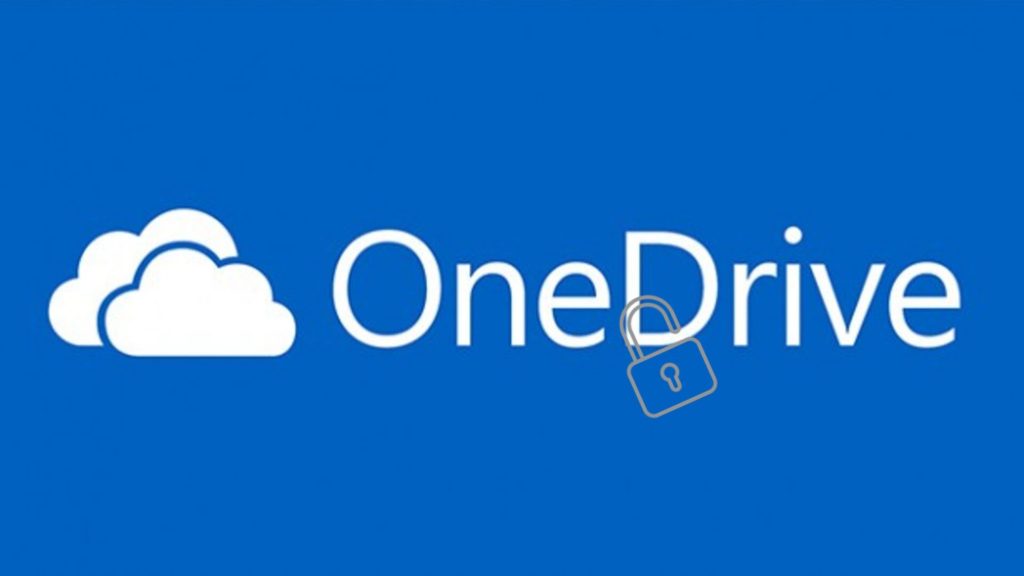
The feature is available for every user, but won’t provide the full-fledged experience to all of them, as some of the users are not the paid ones. There are limitations for free users. The ones who have subscribed for the free version of Microsoft OneDrive, do have access to the Vault, but they can only put only three files in it. Whereas, the ones who are Office 365 users, they do not have to worry about the number of files, as they can put as many files in the Personal Vault as they want to, based on the storage limit they have paid for.
Other than the secure storage, the new Vault can also scan the documents which get extra security. The Vault also gets automatically locked if it remains inactive for some time. So, the user needs to login to it again to use it. The Vault also restricts the accidental sharing of the files. If you are using the Vault on a Windows 10 PC, the files in the Vault get automatically synced to the BitLocker encrypted drive on the PC.
Microsoft along with the Personal Vault also introduced the new storage options for One Drive. That means that the Office 365 users now can expand their 1TB storage in 200GB increments, starting at $1.99 a month per 200GB. The company also revealed features like the dark mode for OneDrive on iOS, and the PC Folder backup, which will make OneDrive to backup your Windows 10 PC’s folders to the cloud.

Yashica is a Software Engineer turned Content Writer, who loves to write on social causes and expertise in writing technical stuff. She loves to watch movies and explore new places. She believes that you need to live once before you die. So experimenting with her life and career choices, she is trying to live her life to the fullest.
